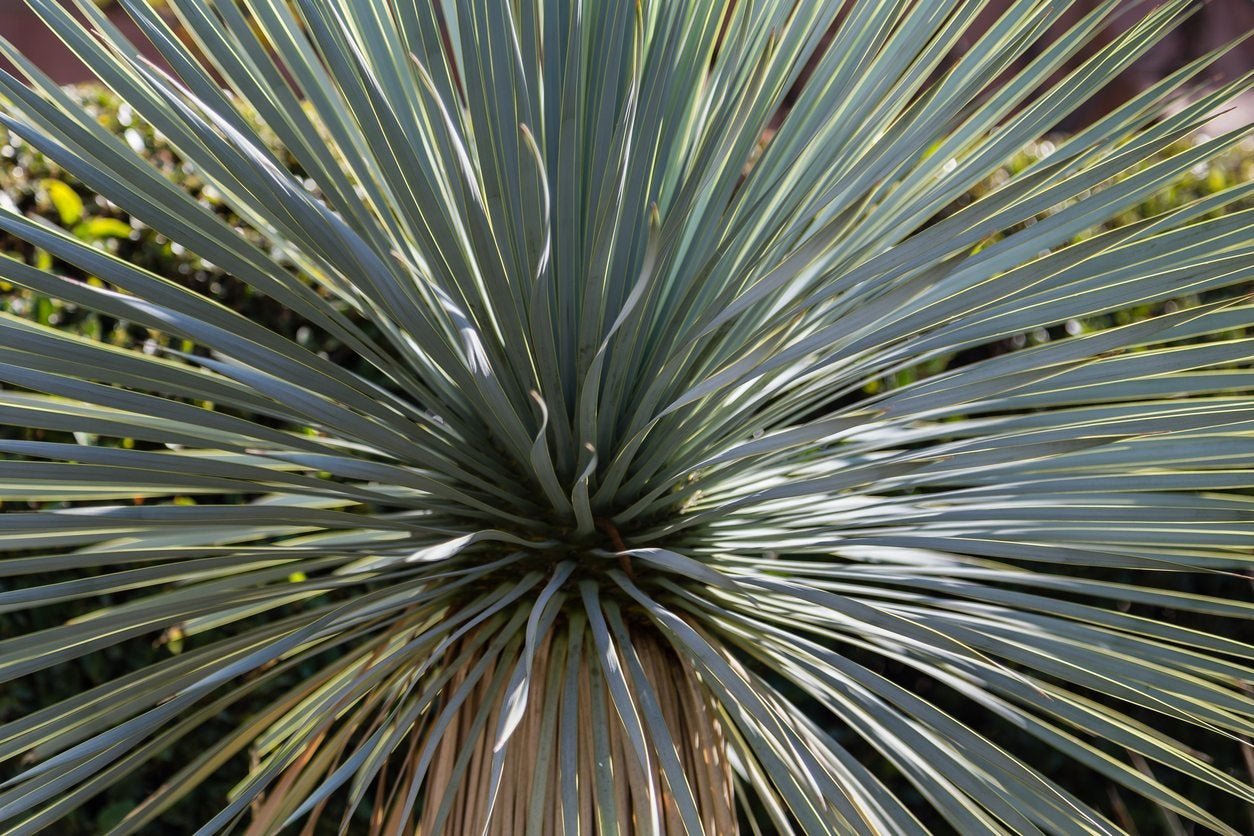Hardy Yucca Plants – Growing Yucca In Zone 6 Gardens


Probably most gardeners familiar with yucca consider them desert plants. However, with 40 to 50 different species from which to choose, these rosette-forming shrubs to small trees have remarkable cold tolerance in some of the species. That means growing yucca in zone 6 is not just a pipe dream but actually a reality. Of course, it is important to choose hardy yucca plants for any chance of success and a few tips can help ensure that no damage occurs to your beautiful specimens.
Growing Yucca in Zone 6
Most varieties of yucca commonly grown are hardy to USDA zones 5 to 10. These drought tolerant plants are often found in desert settings where temperatures get scorching during the day but may dip to freezing at night. Such conditions make yucca one of the more versatile plants, as they have adapted to these extremes. Adam's Needle is one of the more cold hardy species but there are several yuccas for zone 6 from which to choose. Many shoulder hardy plant specimens can be successfully grown in cooler regions. Site selection, mulching, and species are all part of the equation. Yucca plant varieties that may be deemed semi-hardy can still thrive in zone 6 with some protection. Using organic mulch over the root zone protects the crown while planting on a sheltered side of the house diminishes exposure to cold air. Choose the most suitable of the hardy yucca plants for the best chance of success and then decide the best location in your landscape. This may also mean taking advantage of any microclimates in your yard. Think about areas that tend to stay warmer, are protected from cold winds, and have some natural cover from snow.
Hardy Yucca Options
Yuccas for zone 6 must be able to withstand temperatures below 0 degrees F. (-17 C.). While Adam's Needle is a good option due to its attractive rosette form, low growth at 3 feet (1 m.), and USDA hardiness of 4 to 9, most of its many cultivars are not hardy to zone 6, so check plant tags to ensure the suitability in your landscape. Soapweed yucca is more tolerant of cold temperatures and is often utilized in USDA zone 6. This is a small zone 6 yucca, but you don't have to settle for little to grow a yucca in zone 6. Even the popularly known Joshua tree, Yucca brevifolia, can withstand brief exposure to below 9 temps (-12 C.) once established. These elegant trees can achieve 6 feet (2 m.) or more. Some other beautiful yucca plant varieties from which to choose in zone 6 are:
- Yucca baccata
- Yucca elata
- Yucca faxoniana
- Yucca rostrata
- Yucca thompsoniana
Wintering Yuccas for Zone 6
Yucca roots will survive frozen soil best if kept a bit on the dry side. Excess moisture that freezes and thaws over can turn the roots to mush and kill the plant. Some leaf loss or damage can be expected after a severe winter. Protect zone 6 yucca with a light covering, such as burlap or even a sheet, during extreme conditions. If damage does occur, the plant may still rise from the crown if that is undamaged. Prune in spring to remove damaged foliage. Cut back to healthy plant tissue. Use sterile cutting tools to prevent introducing rot. If there is a yucca species you want to grow that is not zone 6 hardy, try installing the plant in a container. Then simply move it indoors to a sheltered location to wait out the cold weather.
Gardening tips, videos, info and more delivered right to your inbox!
Sign up for the Gardening Know How newsletter today and receive a free copy of our e-book "How to Grow Delicious Tomatoes".

Bonnie Grant is a professional landscaper with a Certification in Urban Gardening. She has been gardening and writing for 15 years. A former professional chef, she has a passion for edible landscaping.